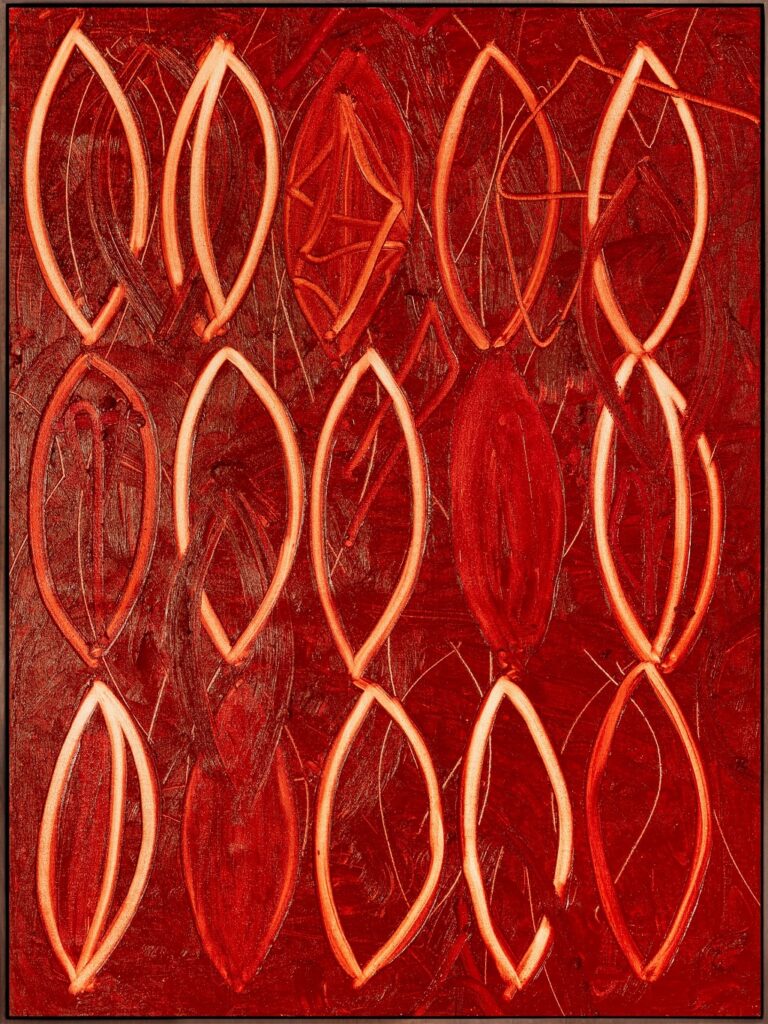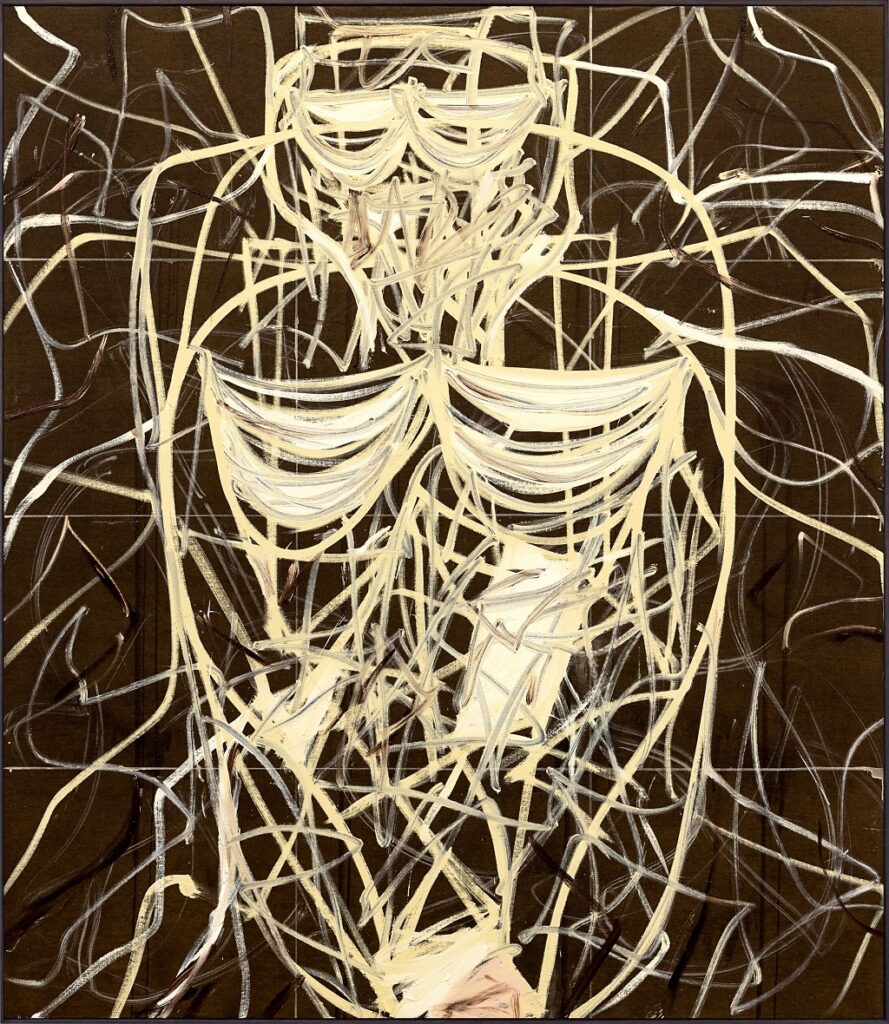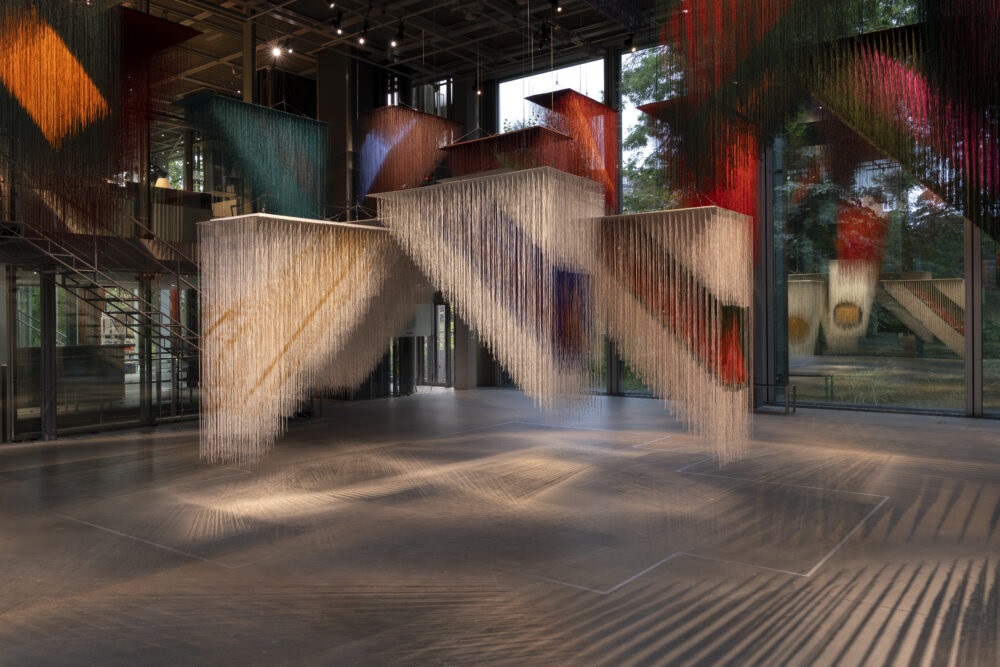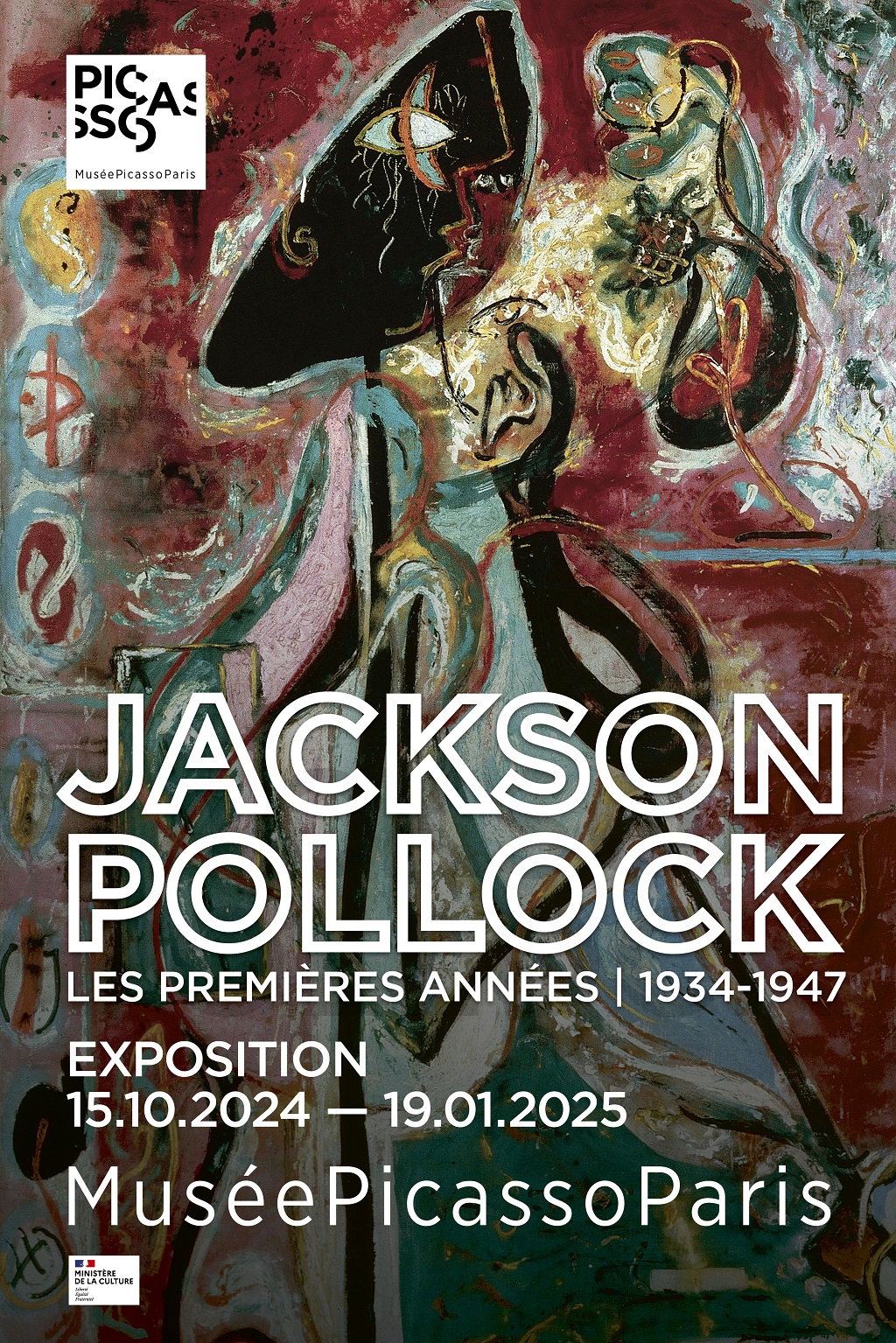by Coco Worthe
As Art Basel Paris 2024 takes its final bow on October 20th, the spotlight remains on Paris, where the city’s art scene continues to unfold with new stories to be told. Long after the fair’s close at the Grand Palais, the French capital remains a canvas of artistic expression, with exhibitions that promise to ignite inspiration well into Spring 2025.
If you’re in Paris after Art Basel, this guide is for you. We’ve curated a list of standout art exhibitions to elevate your next visit to the City of Light.
(1) Anima – Rashid Johnson, Hauser & Wirth
October 14, 2024 – December 21, 2024


A leading voice of his generation, Rashid Johnson’s new works on view at Hauser & Wirth Paris Paris, spanning painting, sculpture, and film, demonstrate his longstanding interest in the concepts of interiority and self-reflection. According to Johnson, “Interiority has always been essential in my project … There’s a sense of soul searching, a sense of intimacy that is necessary for me to explore.”
Johnson debuts two new bodies of painting, the closely related Soul Paintings and God Paintings, both series he has developed over the past several years. Alongside and evolving out of the works on canvas are two new series of bronze sculptures, their roughly modeled surfaces bearing witness to Johnson’s hand, a dominant feature in his sculptural practice in recent years. Also on display is his latest film, Sanguine, exploring relationships of attention and care among three generations of Johnson’s family: his father, himself, and his son.
(2) Jackson Pollock :Les Premières Années (1934-1947), Musée Picasso Paris
October 15, 2024 – January 19, 2025
Museé Picasso presents an incredibly rare Jackson Pollock exhibition, Jackson Pollock: Les Premières Années (1934-1947), full of gems. It has been almost twenty years since the first presentation, so this is well worth a visit.
The exhibition Jackson Pollock: The Early Years (1934-1947) revisits the early career of Jackson Pollock (1912-1956), marked by the influence of regionalism and Mexican muralists, right up to his first drippings in 1947. This body of work, rarely exhibited for its own sake, bears witness to the diverse sources that nourished young Pollock’s research, crossing the influence of Native American arts with that of the European avant-garde, among which Pablo Picasso figures prominently. Compared to the Spanish painter and the great names of European painting by critics, Pollock was quickly established as a true monument of American painting and, in so doing, isolated from the more complex networks of exchanges of influences that nourished his work during his New York years. The exhibition aims to present in detail these years, which were the laboratory for his work, by restoring the artistic and intellectual context that nourished both.
The exhibition focuses on several key moments in Pollock’s artistic and intellectual development during these years of experimentation. By calling on key figures in his artistic career, this exhibition highlights the intensity and singularity of Pollock’s work in its various dimensions.
In addition, works from New York’s Museum of Modern Art, the Metropolitan Museum of Art, the Centre Pompidou, the Tate, and the Stedelijk Museum, among many more, are on display.
(3) Total – Martine Syms, Lafayette Anticipations
October 16, 2024 – February 09, 2025

Martine Syms asks, “What if ‘reality’ was written by images? What if we were all actors in a film in perpetual production?” Total, Syms’ solo exhibition with Lafayette Anticipation, seeks to answer these questions. Syms deals with the generalization of surveillance and the permanent capture of our image as powerful dynamics in the construction of identities. Composed of reproductions of elements from her Los Angeles studio—from the façade of the building to her office—this exhibit bridges the public and private spheres, the seen and the inaccessible, the intimate and the collective, telling a certain story of our culture and the places that make it.
Syms’ retrospective proposes that we consider the things we desire as extensions of ourselves and our culture while at the same time questioning the origins of these very desires. She presents a kaleidoscopic experience in which existential questions are embodied in the works, which are then turned into editions available for sale. Through the transformation of the artist’s studio into a retail space turned film set, you will experience an exhibit invested in the “theater of the everyday,” the roles we play in it, and the mechanisms that control them.
(4) “Pop Forever, Tom Wesselmann & …”, Fondation Louis Vuitton
October 17, 2024 – February 24, 2025
Fondation Louis Vuitton presents Pop Forever, Tom Wesselmann & …, an exhibition dedicated to Pop Art, one of the major artistic movements of the 1960s, whose influence continues to be felt across all continents and among all generations. This exhibition is centered around Tom Wesselmann (1931-2004)—one of the leading figures of the movement—with a selection of 150 paintings and works in various materials.
In addition, 70 works by 35 artists, such as Jeff Koons, Derrick Adams, and Ai WeiWei, of different generations and nationalities who share a common sensibility for “Pop”—from its Dadaist roots to its contemporary manifestations—are on display. According to the exhibition’s guest curators, Dieter Buchhart and Anna Karina Hofbauer, Pop Forever, Tom Wesselmann &… contextualizes Tom Wesselmann’s work within art history and offers fascinating perspectives on Pop Art, past, present, and even future. This is more than a retrospective; it is a must-see.
(5) Olga de Amaral, Fondation Cartier Pour L’art Contemporain
October 12, 2024 – March 16, 2025

The Fondation Cartier celebrates its 40-year anniversary with its first European survey of Olga de Amaral, whose textile-based practice blurs distinctions between tapestry, painting, installation, and sculpture. The exhibition traces the evolution of Amaral’s career from its origins in the Fibre Art movement of the 1960s and 70s, highlighting the myriad influences that have impacted her work.
Amaral’s work is distinguished by her wide-ranging explorations of techniques and materials, including her signature use of gold leaf, inspired by the Japanese kintsugi tradition of repairing cracks and fissures with gold powder. The show presents distinct bodies of work Amaral developed over six decades of experimentation, including her Estelas series of gilded cotton weaves that project the weight of slabs of gold, and her Brumas, or mists, comprising individual fibers suspended together as a single, transparent mass and painted with geometric patterns that unfold in three dimensions.
Be sure to check out these exhibitions if you’re in Paris, and tag us with #LETAGEMAGAZINE during your visit.


